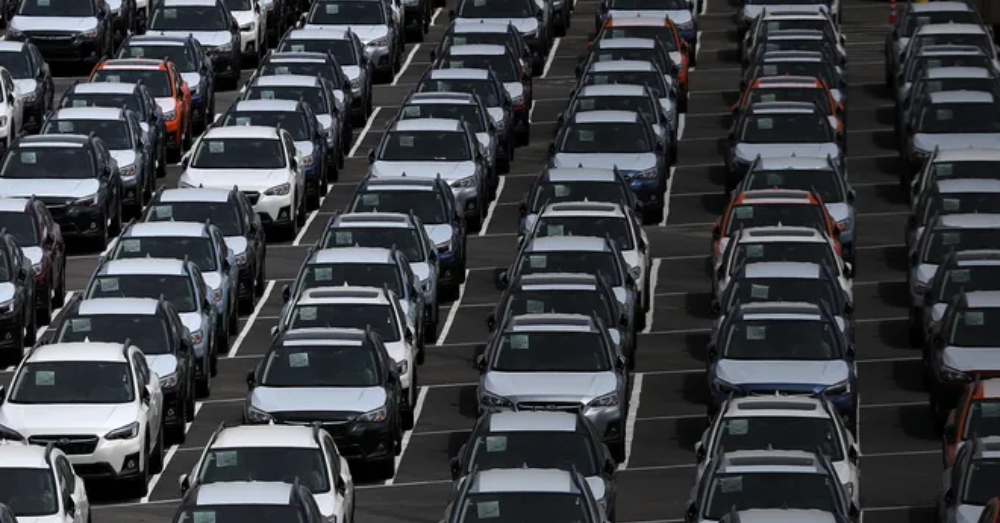It used to be that tracking how long a vehicle sat on a used car lot could help negotiate a great deal. Used cars that don’t get a ton of interest take up valuable space on the lot, which means that some dealerships prefer to get rid of the unwanted car instead of trying to squeeze more profit out of it. At least, that’s how it used to be.
Since COVID-19 made its way to the U.S., the auto market has taken some unpredictable turns. It started with a shortage of critical semiconductors and supply-line delays that brought the production of new vehicles to a halt. As demand for cars increased, shoppers turned towards used cars. Since there is a finite number of used cars at any given moment, the demand surpassed the supply, and prices went up. For some models, it was less expensive to wait for a new car to become available than to be a used version of that car.
During the height of demand for used cars, dealerships were doing everything in their power to build their inventories, including paying over market value for newly available pre-owned vehicles. They did this because they knew they could flip the car and still make a profit. During this time, used cars didn’t last long as people were buying them up as fast as they could.
When people ask how long used cars sit on the dealer’s lot, they assume that the price will go down the longer it goes unsold. In theory, this is true, but it may not mean what you think it does.
Most auto dealers have a plan in place to move vehicles off of their lots. For example, let’s say that you found a used Honda Civic for sale. The auto deal has it for sale at $25,000. After 15 days, the price might go down to $23,500. After 30 days, it goes down to $22,000. After 45 days, it goes down to $20,000. You might expect this trend to continue, but it won’t. At some point, as decided by the dealership, the price won’t go any lower. At this point, the dealer might opt to send it to auction to get the best price they can.
Even if you waited 45 days for the Civic to reach its bottom price, the dealership probably wouldn’t accept an offer for $16,000 or even $18,000. Keep in mind that dealers have access to market pricing data, so they price their vehicles and set their pricing floors accordingly.
When you’re exploring used cars, it’s much more important to find great value over a low price. You can investigate similar makes, models, and years to determine what the price is for the car you want. If you can’t find something as good for a lower price, you may have found a great deal. Of course, it never hurts to ask a dealership what kind of deal they’ll give you to get rid of a car that’s been on their lot for a while. They still want to make a profit, but they might be willing to work with you. Do your homework beforehand, and be ready to negotiate.
This post may contain affiliate links. Meaning a commission is given should you decide to make a purchase through these links, at no cost to you. All products shown are researched and tested to give an accurate review for you.

